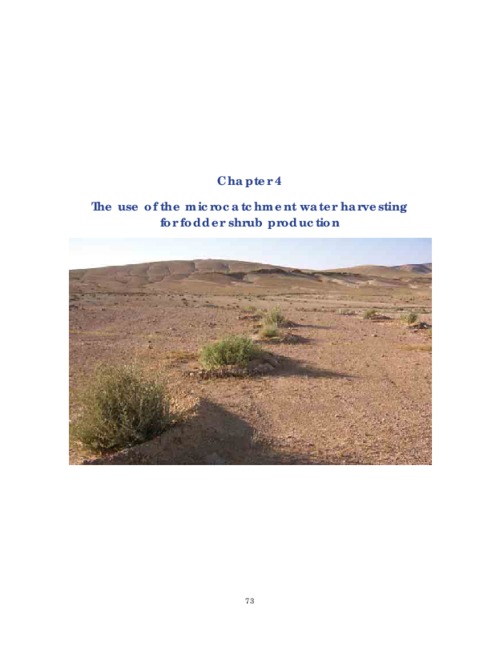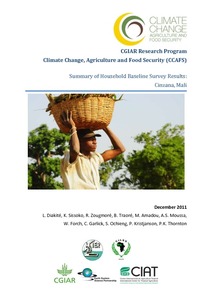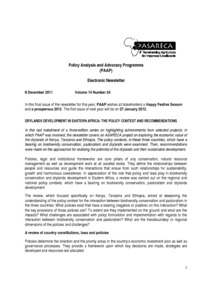Impact of land use and cover change on soil quality And pasture productivity in semi-arid rangelands: the Case of Nakasongola district, Uganda
The impact of land use and cover change on soil quality and pasture production was investigated in the rangelands of Nakasongola District, Uganda. Landsat (TM) images of 1986 and 1990 and Landsat (ETM+) of 2000 and 2004 for Nakasongola District were used to determine the extent and patterns of land use and cover change using the Integrated Land and Water Information Systems (ILWIS) 3.6 software.









